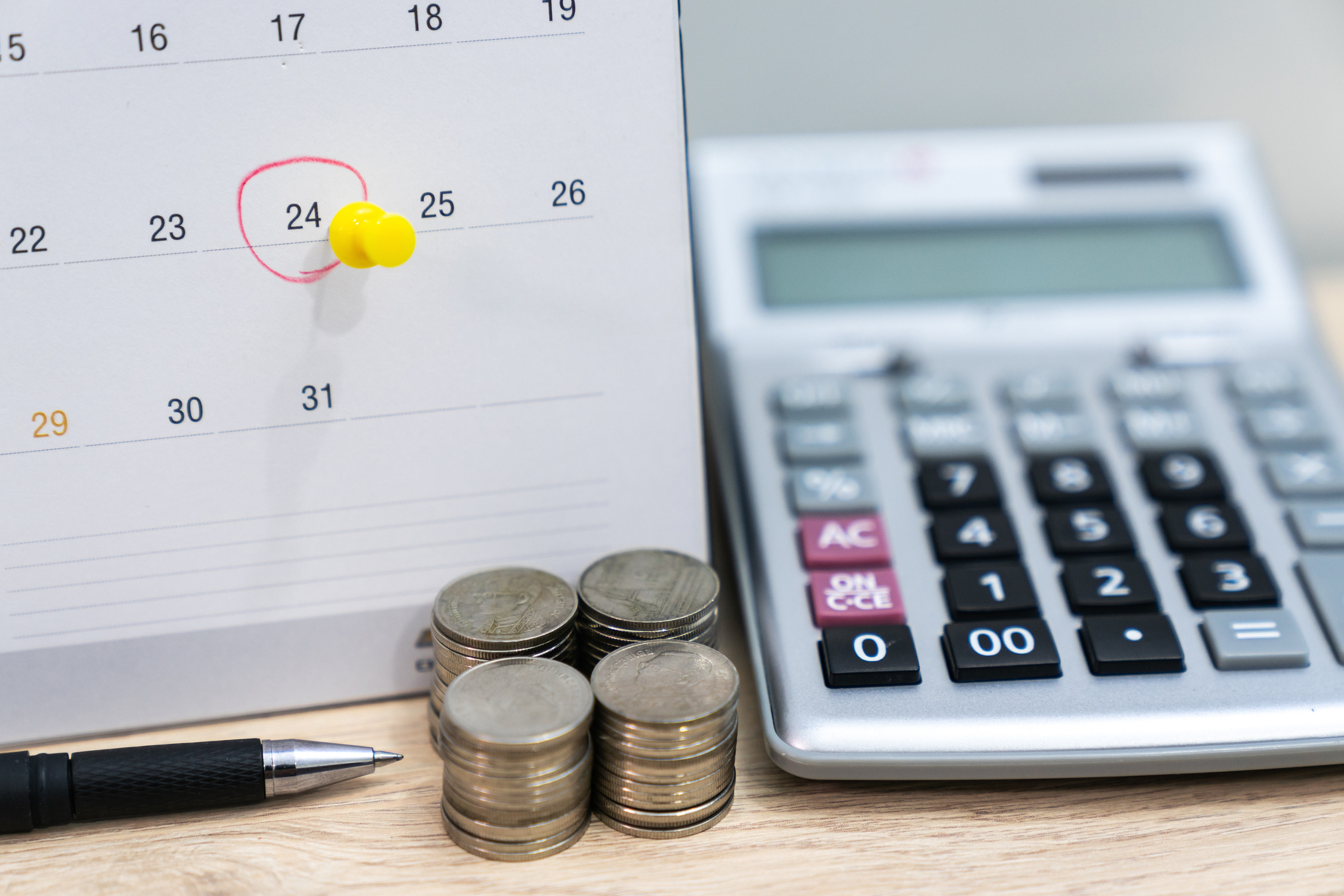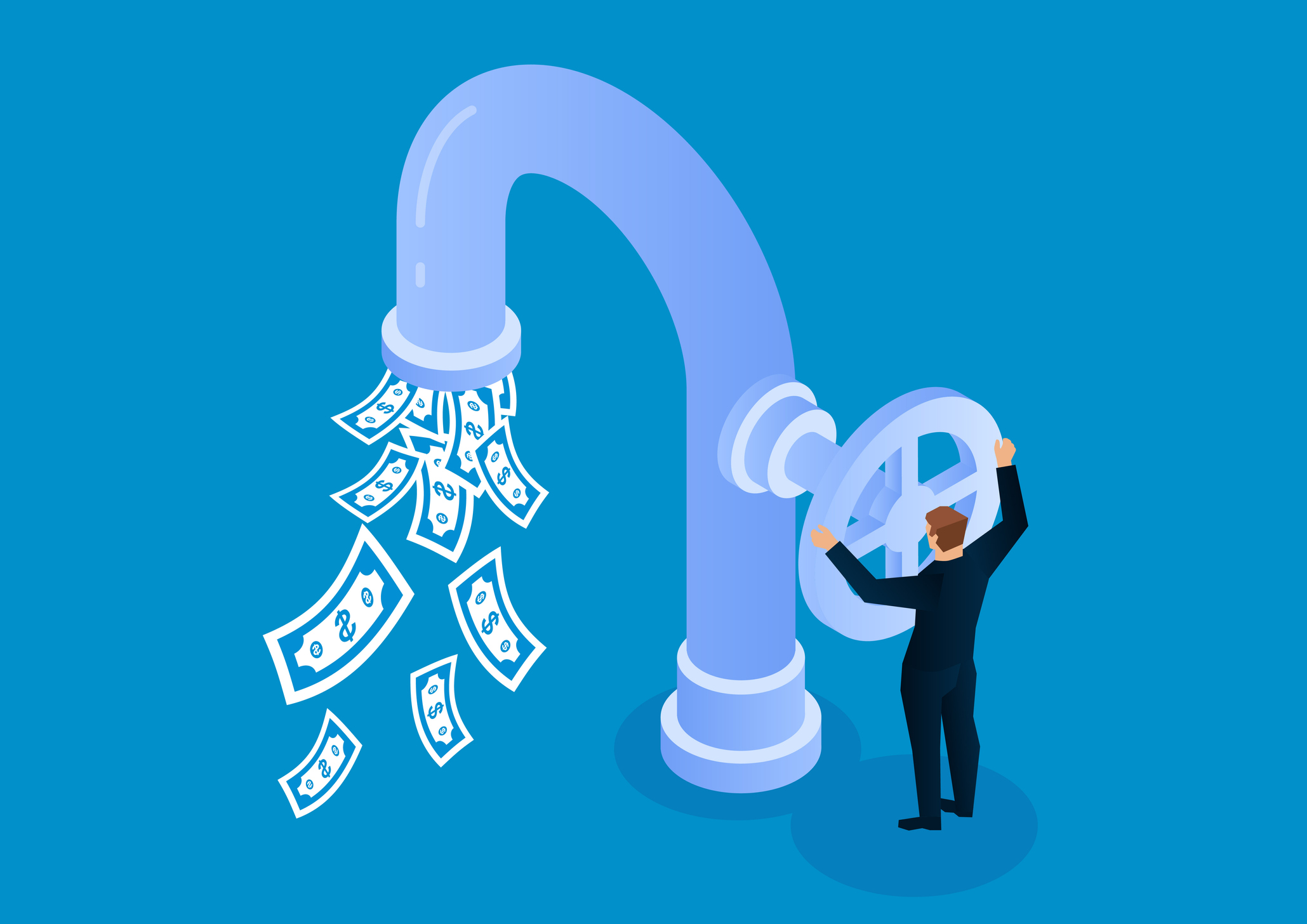Stand By Your Bonds in 2019
“Income Investing” columnist Jeffrey R. Kosnett predicts that a diversified portfolio of bonds will hold steady through the upcoming year.

For bond investors, 2019 will not be a time for sweeping changes—and perhaps not even mild adjustments—to your fixed-income plan. Bonds and other debt investments are doing what they’re supposed to: paying interest in full and on time, and smoothing out swings elsewhere. So, with just a couple of exceptions, there’s no reason to quit the bond market in 2019. The exceptions are long-term Treasuries of 10 years or more, which don’t yield enough relative to other opportunities, and bonds in suffering emerging markets, which you should absolutely avoid.
Outside of those two categories, U.S. dollar–denominated debt should deliver a total return, including the yield and any price changes, that’s a percentage point or two better in 2019 than it was in 2018. Let’s cut to the call: I predict that you will finish 2019 up or down 1% or less on a diversified collection that includes high-yield “junk” bonds and municipals, as well as short-term and intermediate-term Treasuries, bank loans and high-grade corporates.
You may scoff, recalling that wary traders and forecasters still imagine that continuing growth and creeping inflation will push interest rates higher for 2019, slicing deeper into the value of many bonds and bondlike alternatives. But I was correct that this past year’s red ink would be a lighter shade of pink, with losses coming in at a modest 2%. From the start of 2018 through November 9, the Bloomberg Barclays Aggregate index, which includes Treasury, mortgage and investment-grade corporate bonds of various maturities, fell 2.4%. Because the Agg, as financial folks endearingly call this benchmark, omits junk bonds and tax-exempts, both of which outperformed Treasuries, readers who follow this column should be in line to lose exactly 2%.

Sign up for Kiplinger’s Free E-Newsletters
Profit and prosper with the best of expert advice on investing, taxes, retirement, personal finance and more - straight to your e-mail.
Profit and prosper with the best of expert advice - straight to your e-mail.
Bonds are a proven buffer against stock market dives.
With risk-free cash now paying 2% or more, a few readers have wondered why I haven’t advised you to park all of your money in greenbacks or the equivalent, especially given the Federal Reserve’s repeated short-term rate bumps and talk of further tightening. And, sure, if the lottery were to hand you a surprise $10,000 tomorrow, I’d be the first to say put it in the bank.
But I don’t feel the urgency—and neither do the advisers and bond strategists I consult—to convert existing bond holdings (including funds and ETFs) into cash and to take the loss that would entail. The yield on those holdings is likely to be higher than what you’ll find at the bank, many funds are raising distributions, and bonds are a proven buffer against stock market dives—which have again become uncomfortably common.
Other technical and fundamental factors remain favorable or at least neutral for bonds. Municipals are faring well because the supply of new issues is tight while demand is burgeoning from high-income investors in high-tax states, who face a new federal cap on deductions for state and local tax payments. Fidelity Intermediate Muni (symbol FLTMX), a Kiplinger 25 fund, is a fine choice for fund investors.
High-yield bonds are also prized now as a short-term or medium-term investment. Junk-heavy funds, such as Osterweis Strategic Income (OSTIX, yield 3.7%) and PGIM Short Duration High Yield (HYSAX, 5.2%), have a duration—a measure of interest-rate sensitivity—of 2.3 or less. That means if interest rates rise by one percentage point, the funds’ value will fall by (roughly) 2.3% or less. Carl Kaufman, who runs Osterweis, says, “I think rates will oscillate on a slightly rising path” in 2019. But given yields on these funds that are more than twice their duration, we expect they will stay in the green in the year ahead.
Get Kiplinger Today newsletter — free
Profit and prosper with the best of Kiplinger's advice on investing, taxes, retirement, personal finance and much more. Delivered daily. Enter your email in the box and click Sign Me Up.

-
 Stock Market Today: Stocks Gain on Tech, Auto Tariff Talk
Stock Market Today: Stocks Gain on Tech, Auto Tariff TalkThe Trump administration said late Friday that it will temporarily halt tariffs on some Chinese tech imports.
By Karee Venema
-
 Sam's Club Plans Aggressive Expansion: Discover Its New Locations
Sam's Club Plans Aggressive Expansion: Discover Its New LocationsSam's Club expansion plans will open up to 15 new stores each year. Learn where they plan to open in 2025.
By Sean Jackson
-
 How Inflation, Deflation and Other 'Flations' Impact Your Stock Portfolio
How Inflation, Deflation and Other 'Flations' Impact Your Stock PortfolioThere are five different types of "flations" that not only impact the economy, but also your investment returns. Here's how to adjust your portfolio for each one.
By Kim Clark
-
 Kiplinger's Economic Calendar for This Week (April 14-April 18)
Kiplinger's Economic Calendar for This Week (April 14-April 18)This week's economic calendar features Fed Chair Jerome Powell as well as retail sales data and an unusually interesting weekly jobless claims update.
By Karee Venema
-
 Why I Still Won't Buy Gold: Glassman
Why I Still Won't Buy Gold: GlassmanOne reason I won't buy gold is because while stocks rise briskly over time – not every month or year, but certainly every decade – gold does not.
By James K. Glassman
-
 Should You Use a 25x4 Portfolio Allocation?
Should You Use a 25x4 Portfolio Allocation?The 25x4 portfolio is supposed to be the new 60/40. Should you bite?
By Nellie S. Huang
-
 Retirement Income Funds to Keep Cash Flowing In Your Golden Years
Retirement Income Funds to Keep Cash Flowing In Your Golden YearsRetirement income funds are aimed to engineer a steady payout of cash for retirees. Here are a few we like.
By Nellie S. Huang
-
 10 2024 Stock Picks From An Investing Expert
10 2024 Stock Picks From An Investing ExpertThese 2024 stock picks have the potential to beat the market over the next 12 months.
By James K. Glassman
-
 Dividends Are in a Rut
Dividends Are in a RutDividends may be going through a rough patch, but income investors should exercise patience.
By Jeffrey R. Kosnett
-
 Why Investors Needn't Worry About U.S. Credit Downgrade
Why Investors Needn't Worry About U.S. Credit DowngradeFitch Ratings The United States saw its credit rating downgraded for just the second time in history, but experts aren't worried about the long-term damage to stocks.
By Dan Burrows